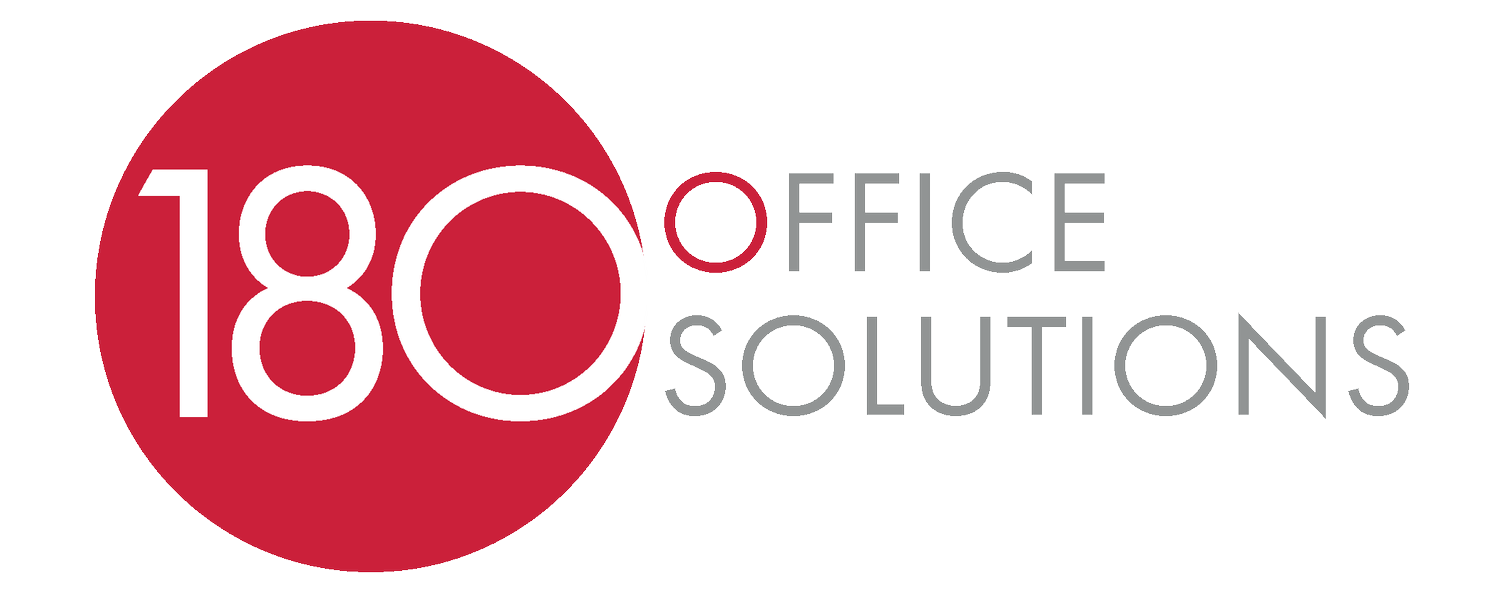Mindfulness and Focus
How mindfulness and meditation can improve your productivity
While at the workplace, it can be hard to stay productive, and to focus. It is easy for us to find ourselves stressed, and for our minds to be wandering, thinking about things that are unrelated to the task at hand. If we intertwine mindfulness practices into our work routines, we should see great improvements in our productivity, and our focus.
What does mindfulness do?
According to A LinkedIn article titled, Can you improve your focus and productivity with mindfulness and meditation? The author writes that mindfulness and meditation can improve focus by “strengthening your attention span, reducing your mind-wandering, and enhancing your working memory.” In the article, the author also states that these habits can help improve one's productivity by “increasing your motivation, creativity, and problem-solving skills.” They also write that following mindfulness practices can help to avoid burnout, which can otherwise be described as “physical, mental, and emotional exhaustion” from an overwhelming amount of stress. There are many different benefits from following these practices, and here are some different ways we can practice being mindful.
Yoga
Yoga is a very good way that one can become more mindful, and to connect your mind to your body. Yoga is all about finding time to focus on yourself and listen to your body. At every session, you can set your own intention, and really hone in on whatever you want to get out of your experience. Yoga can also go hand in hand with meditation. At some yoga studios, they may even do meditations during the session.
Soul Strong is a local yoga studio in the Austin area. According to the about page on their website, their studio “provides a safe space for our clients to grow stronger, breathe, improve flexibility, and get a great workout for their body and mind.” Soul Strong yoga is focused around connecting with your body, and listening to what your body is telling you.
Chair Yoga
Chair yoga is exactly what it sounds like. Yoga that you can do from the comfort of a chair. This can be a great way to get in a few stretches while at work. When you need to take a break, or regain your focus, you could try out one of these 13 Chair Yoga Poses, from this article.
90-minute working intervals
Dr. Andrew Huberman, neuroscientist and popular podcaster on the Huberman Lab, gives advice on how to increase productivity and remain focused when it comes to mental and physical work. Dr. Huberman found that working for 90 minutes at a time, followed directly by a break to defocus, would allow for the most productivity in one's work. During the 90 minutes, it is important to stay on task, and not try to multitask with one's phone. Taking the break after the 90-minutes are up helps to avoid burnout.
Dr. Huberman also believes in the importance of yoga nidra, to refocus the mind. He believes that yoga nidra helps to improve sleep, and to reduce stress. Yoga nidra is translated to “sleep yoga”, and it creates a relaxing state for the body.
Neuron Activation Pod
One of our partners is taking this to a whole other level. Thinkspace, with their Neuron Activation Pod. The Neuron Activation Pod is not just your average sleeping pod, but rather a new technology that emits low frequency vibrations into the body. These vibrations are used to “promotes the body’s natural healing abilities, especially through the quality and power of sleep.” The Neuron Activation Pod is able to do this by putting you in a meditation like state, promoting relaxation, and reducing stress.
Mindfulness breathing
Thich Nhat Hanh, a Vietnamese peace activist, created different mindfulness exercises, one of which is the mindfulness breathing technique. According to the article, Thich Nhat Hanh on The Practice of Mindfulness, the mindfulness breathing technique, is to identify the difference between an in breath and an out breath. “When you breathe in, you know that this is your in-breath. When you breathe out, you are mindful that this is your out-breath.” This may seem like a very simple concept, and it is, but following this technique can yield significant results.
This technique allows one to take their attention off of something unproductive, or stressful, and rather focus on one's own breath. When you focus on your breath, you are no longer focusing on anything else. It is a good way to recenter yourself during a long and stressful day, or even if you just find yourself wandering off. There are four other techniques that Thich Nhat Hanh used alongside this one. I would encourage you to read about the following four, linked on the article above.
Bottom Line
Overall, mindfulness, meditation, and focus can be great ways to prevent stress and burnout in the workplace. Try implementing some of these mindful practices in your workplace, and see if your office has any significant changes.
Interested in developing a better workplace environment? Want to know learn more about the Neuron Activation Pod? Contact us today to prepare your office for the future by clicking here.






